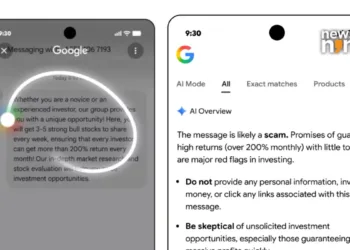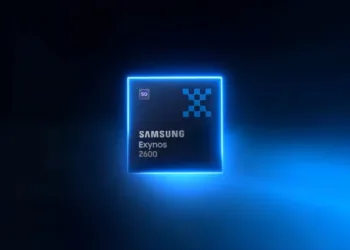It’s safe to say that the dawn of cloud gaming has arrived, with Google Stadia and NVIDIA GeForce Now launching in stages. Not only that, but major corporations such as Microsoft, Amazon, Valve, AT&T, and even Walmart are rumoured to be developing their own cloud gaming services.
At the very least, cloud gaming is revolutionary in that it eliminates the need for clumsy console installations and does not require a significant initial investment. However, in a country like India, cloud gaming will have to overcome one key stumbling block.
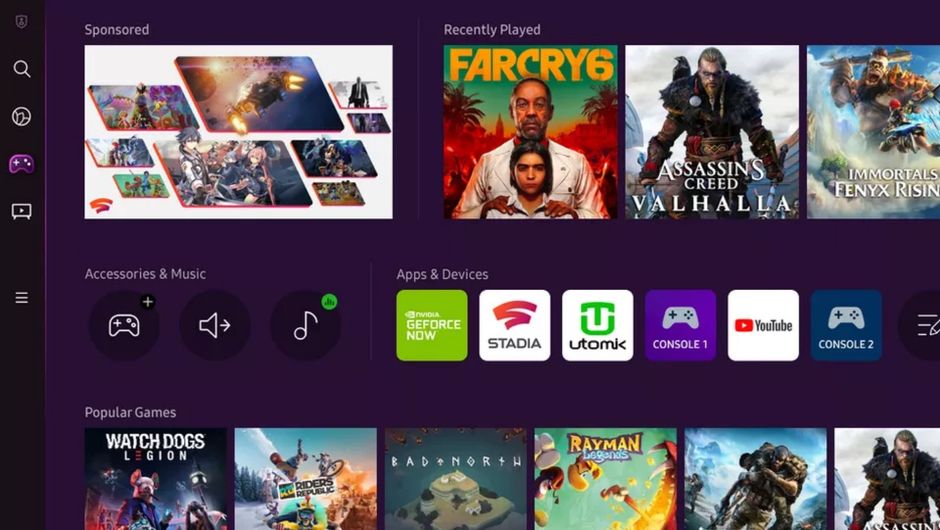
Cloud gaming, for the uninitiated, is a brand new era of gaming that will allow players to play graphically intensive games without possessing the necessary gear. To put it another way, the game is housed on the company’s servers and streamed to your PC, laptop, or smartphone through high-speed internet.
According to several early Google Stadia reviews, the platform excels at producing high-resolution graphics. “Unequivocally, Stadia delivers the finest definition graphics and lowest input lag of any game streaming service, including Nvidia GeForce Now and Microsoft xCloud,” Kevin Lee writes in his IGN Stadia review.
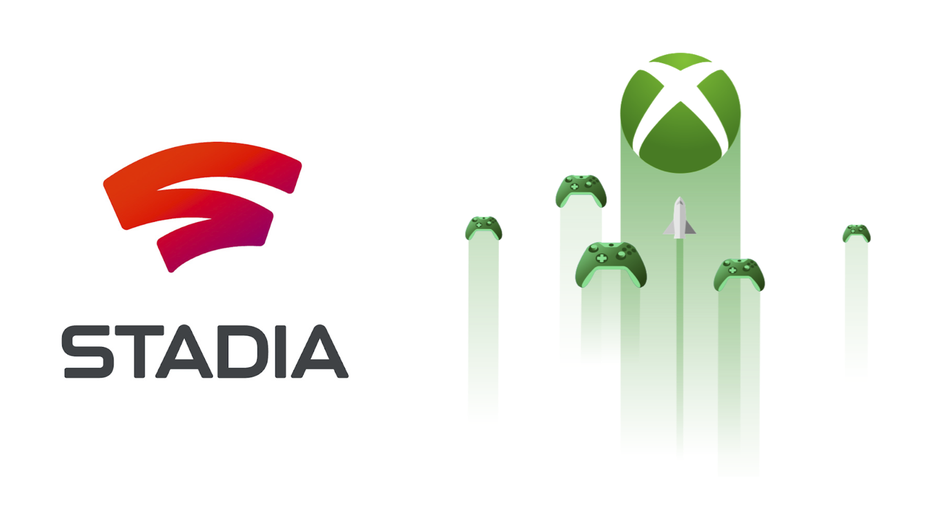
However, the principles of cloud gaming are hampered by a lack of data and bandwidth. And this is precisely the stumbling block that, at the time of writing, appears to be too great for a country like India, which battles with data limitations and speeds.
While fibre optic connections are steadily being installed in India’s major cities, most homes still rely on a traditional broadband connection with limited speeds and usage limits. To give you an idea, consider the experience of David Imel, an Android Authority reporter who was able to test the gaming service ahead of its official introduction.
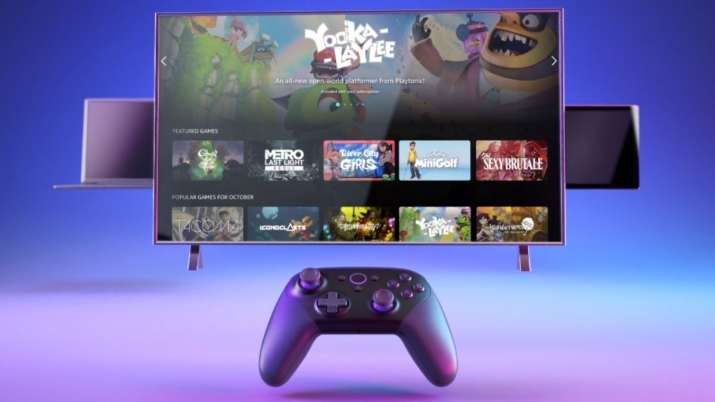
While broadcasting a game in 4K@60 frames per second on Stadia, he claims it utilised roughly 7MBPS, or about 25.5GB/hour. Can you imagine how much your broadband plan might suffer as a result? FuPs are included in almost all broadband plans, and the data cap is fairly low.
Even Jio and Airtel’s newest fibre connections don’t offer deals with data caps exceeding 5TB. More crucially, the Jio Plan, which includes a 5TB data ceiling, costs INR 8,499 and is likely to be limited to a small number of consumers.
You could certainly play at a reduced resolution, such as 720p@60fps. However, Google advises that you have a minimum bandwidth of 10MBPS to play at this low setting. India has an average fixed broadband speed of 36.15MBPS, according to the Ookla Speedtest Index.
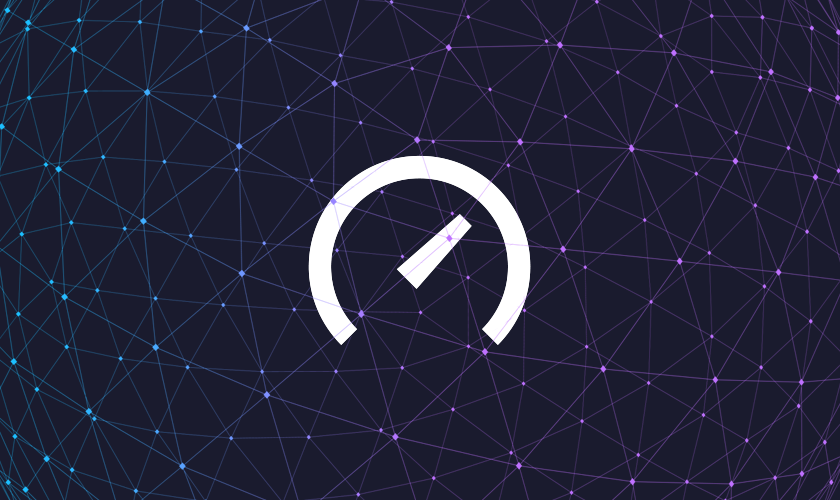
When you consider the typical household size in India, which is 4.9 persons per house, you realise that even low-quality gaming may not be feasible for everyone. As a result, adoption of cloud gaming in places like India will be severely delayed until broadband caps and bandwidth improve dramatically.
Also Read:



